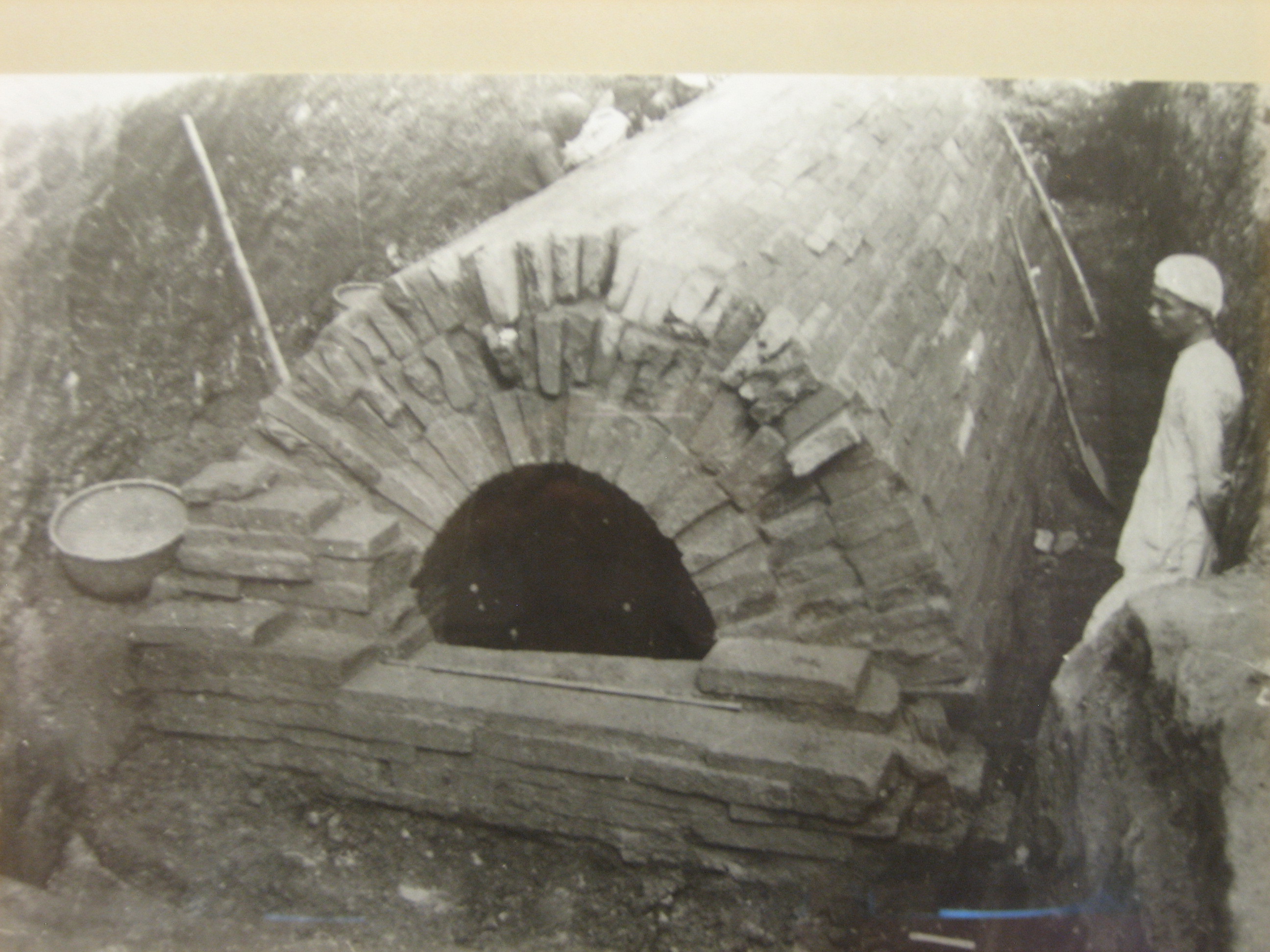Katharina of Medici

(Porcelain kiln South China; ca. 1200 AD)
In the Middle Ages, the art of good cooking was cultivated and developed especially by noble houses and monasteries. The European aristocracy first learned about (Chinese) porcelain through the travelogue "Il Milione Rustichello da Pisa" from 1299, which recounts Marco Polo's experiences on his first trip to China in Old French. Marco Polo describes porcelain as objects made of white noble material that the Chinese use as tableware.
The modern art of cooking was founded at the end of the 16th century, originated mainly in Italy and was introduced to France from there by Catherine de Medici. When she married Henry II, she took her own cooks to France. French cuisine reached its first flowering at the court of Louis XIV (1683-1715). In the meantime, Marco Polo and other explorers had introduced porcelain from China to the court as a symbol of wealth and culture. The trade in the white gold flourished.
Catherine de Medici, as hostess of Henry II's opulent tables, had decreed that the noblest of the dishes were to be served to his guests on porcelain. This was intended as a sign of the esteem in which his guests were held and to enhance the presentation of even simple dishes. In this way, she laid the foundation stone for gastronomic porcelain at the end of the 16th century.
